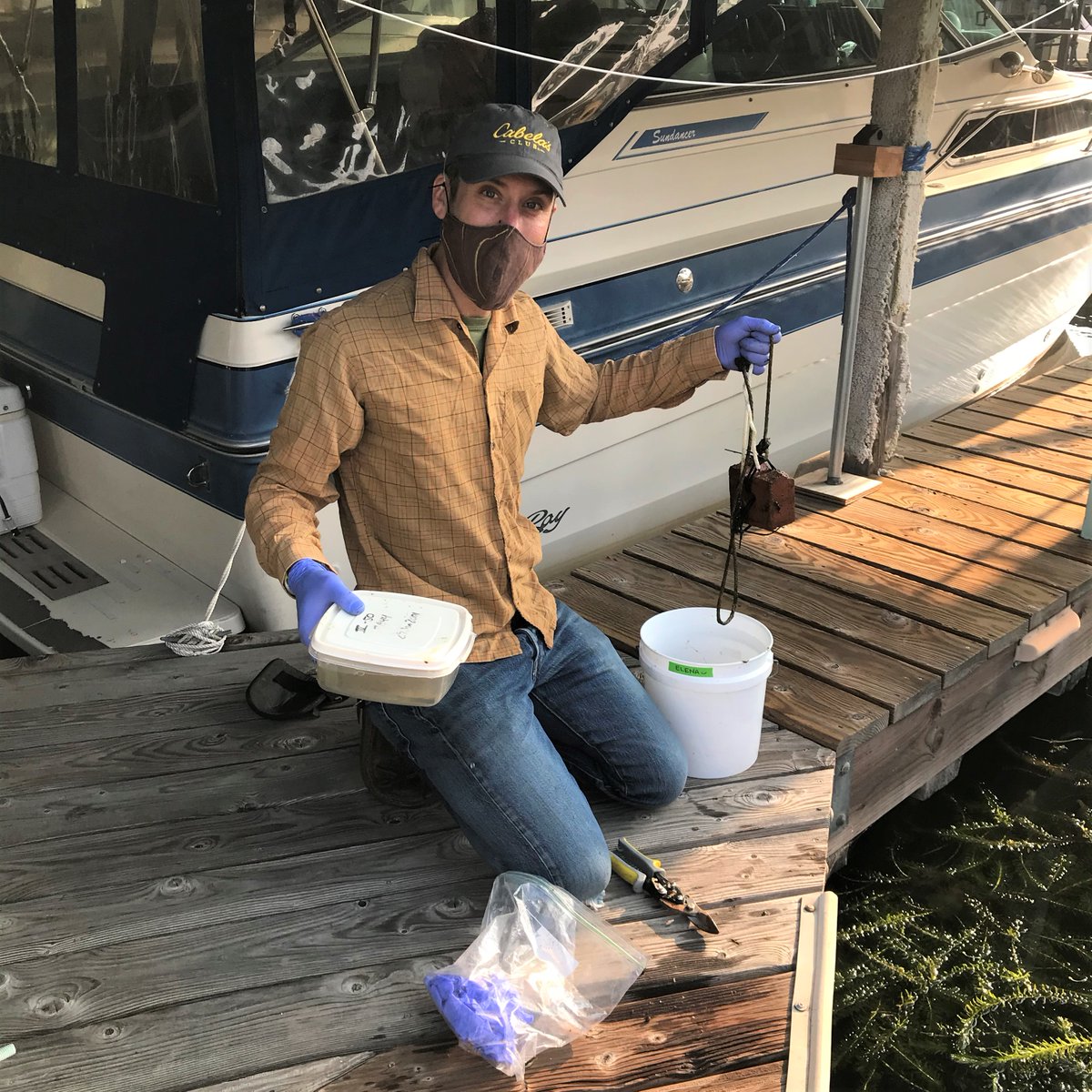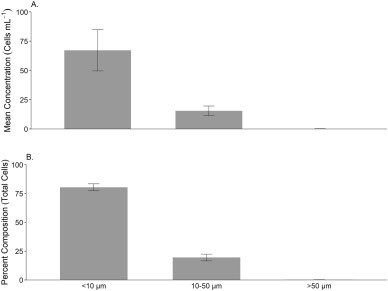We study #invasivespecies & the issues that spawn when a newcomer joins an already balanced ecosystem. But we know that invasions don't always happen in a perfect system.
Ocean acidification will unbalance our coastal ecosystems and open a door to more invasions. #FunFactFriday
Ocean acidification will unbalance our coastal ecosystems and open a door to more invasions. #FunFactFriday
OA, which increases as CO2 is added to the ocean, can make growing calcium-based shells very difficult for young bivalves. Oysters, mussels, and clams might grow softer or smaller shells, leaving ample opportunity for better adapted invasive species to take their place.
There are many more ways OA can hurt coastal systems. It might reduce the amount of food available from zooplankton, increase the growth of harmful algae, or even potentially dissolve carbonate structures. Any of these changes might cause unpredictable ecosystem breakdowns. 

We all can do a little to alleviate ocean acidification by reducing our carbon footprint, but to prevent invasive species you can help us by trying #InvaderID on @the_zooniverse.
zooniverse.org/projects/serc/…
zooniverse.org/projects/serc/…
Today's #FunFactFriday was inspired by @h2_Lo's presentation on work with native and non-native oysters and #oceanacidification, which can be read from his article here: nature.com/articles/s4159…
• • •
Missing some Tweet in this thread? You can try to
force a refresh



















